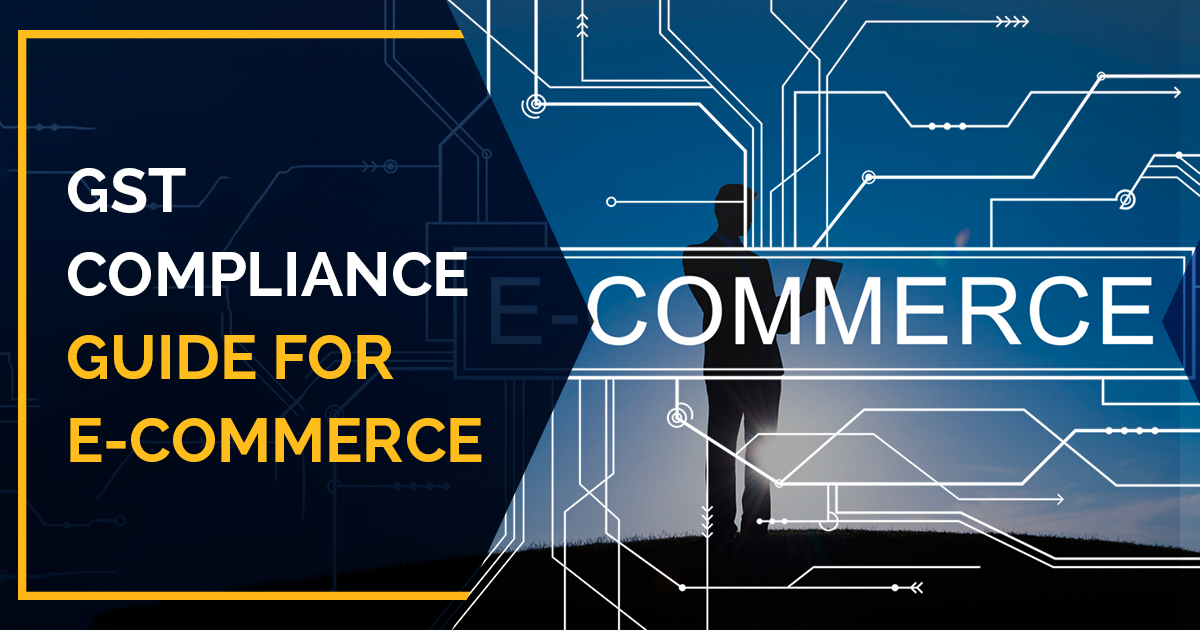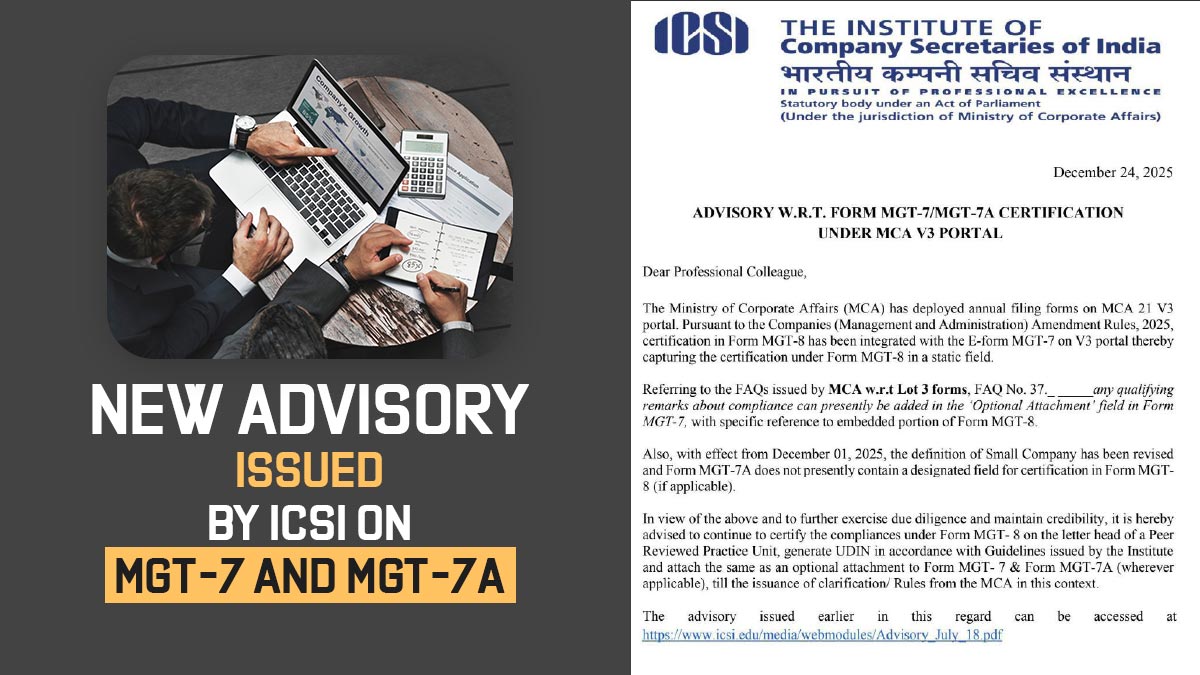
E-commerce changed the procedure of business performed in India. Much rise in the industry would be formed through the penetration of the internet and the smartphone. As per that there is an increase seen in the sellers on the e-commerce portals.
In this article, we would discuss the points that shall support the e-commerce sellers or anyone planning to execute their e-commerce business set their essential procedure.
Compulsory GST Registration
GST Registration is compulsory for E-commerce sellers to get enrolled on the GST portal. E-commerce sellers are needed to get enrolled beneath GST when the turnover is lower than the limit of Rs. 40/20/10 lakhs.
TDS Under Income Tax and TCS Under GST
Let us check out the complete meaning as well as the concerned points related to the TDS and the TCS under income tax & GST respectively for the readers to have a better understanding of the subject matter.
TCS Deduction Under GST
E-commerce sellers who supply the goods or services via e-commerce operators would obtain the payment after deduction of TCS with 1% on Net Value of Taxable Outward Supplies (1% IGST for Interstate sales & 0.5% CGST & 0.5% SGST for Intrastate sales).
TCS shall not come under the higher cost for the seller however an asset that would set off with respect to their GST tax liability. The TCS could be claimed after furnishing the TCS returns from the GST portal that get credited to the GST cash ledger.
Income Tax Act Encompassing TDS
TDS: According to the TDS Section 194-O of the Income Tax Act, every E-commerce operator (e.g., Amazon, Flipkart, etc.) is imposed to deduct 1 % TDS of the gross taxable outward supplies of the E-commerce seller on settling amount to E-commerce seller. (Applicable only if, gross sales are more than Rs. 5,00,000 in the financial year via resident Individual or HUF)
Note: When the deductee does not give the PAN or Aadhaar card then the TDS would be deducted with 5% of the total sales amount.
GST Registrations in Multiple Format & APOB (Additional Place of Business)
As an e-commerce business when the sellers have the plan to stock and sell the goods from different states for prompt delivery then multiple GSTNs are needed to obtain or add APOB (Additional Place of Business) with the warehousing models of the e-commerce operators.
Through this, all the rules are needed to follow for all the GSTNs, and the turnover needs are needed to be reconciled upon the grounds of the PAN.
GST Returns Process
The outwards supplies in GSTR 1 (B2B and B2C) identical with TCS returns (GSTR 8) must be disclosed and mentioned via the e-commerce seller which is furnished by the e-commerce operator. The given return must be included excluding the e-commerce sales.
After filing the GSTR-1 the liability requires to get settled by furnishing the GSTR 3B on the reconciliation through GSTR 2B for more details towards this one would refer to the former article- Struggling with GSTR 2B reconciliation.
The liability could be settled through the available cash balance in the GST cash ledger as claimed via filing TDS/TCS return under GST (refer to point 2)
Inventory as well as Invoicing Logistics
Every supplier would provide the GST-compliant invoice for every supply. Towards the concern of the sales via e-commerce Operators (ECO), the ECO generates the invoice on the grounds of the seller, and that is required to be reported during furnishing the returns.
Moreover when the e-commerce supplier is concerned about the compliance of e-invoicing either the suppler or ECO should generate IRN for B2B invoices via the invoice enrollment portal. Moreover, the details for this is that one can refer to our former article E-Invoicing). That invoicing procedure is needed to follow when the e-way bill under GST for the inventory movement from one state to other.
Process of Settlement
The e-commerce operators fix the amount obtained by them in a subsequent way:
| Details | INR | Checks and Remark Points |
|---|---|---|
| Gross Sales | 100 | Sales have been done from your account |
| (-) Deduction for Fees (Closing Fee, Fulfilment, etc.) | -27 | The operator of E-Commerce shares invoices |
| (-) TDS under Income Tax Act | -1 | Can be verified by 26AS Form under income tax |
| (-) TCS under GST | -1 | Can be verified via the official GST portal |
| (+/-) Retentions | 0 | |
| Balance to be settled | 71 | Can be verified through bank statements |
When the provisions of the TDS beneath the income tax is subjected to the supplier then the supplier is needed to deduct the TDS for these charges and claim the refund through the ECO via submitting form 16A.
For Ease, we have opted the retentions as zero.









